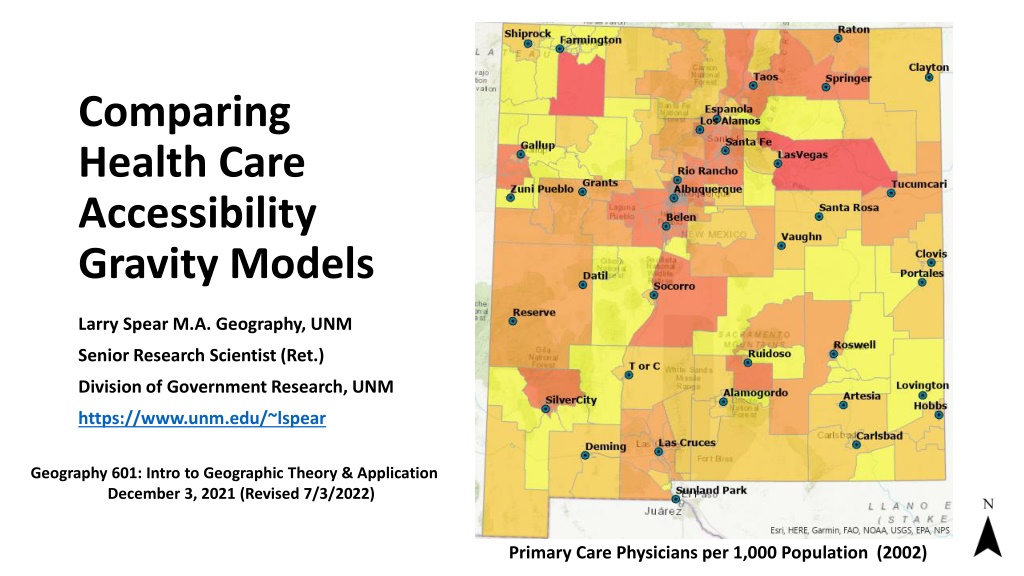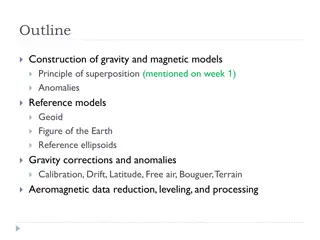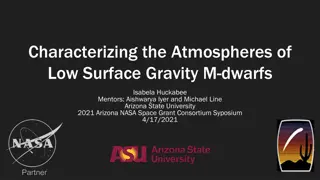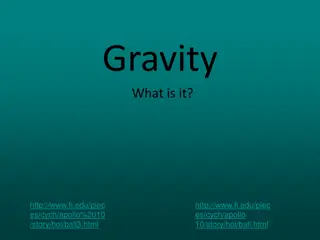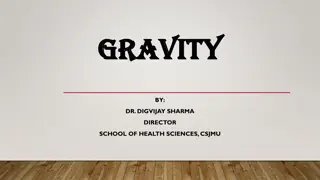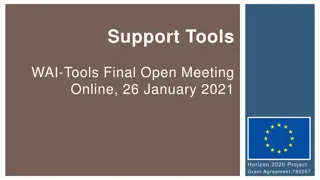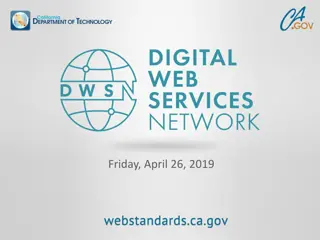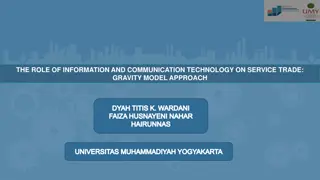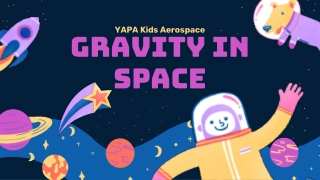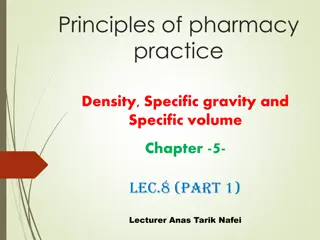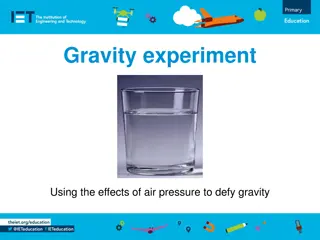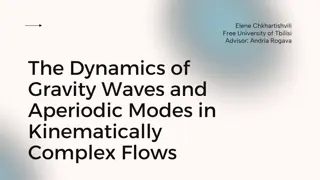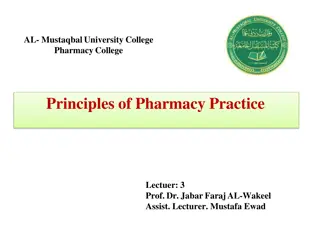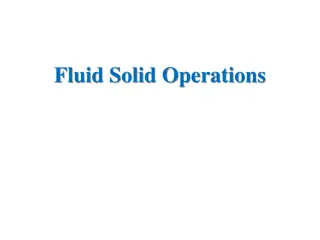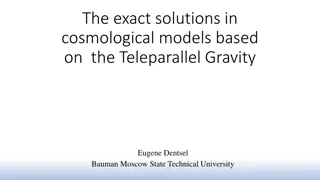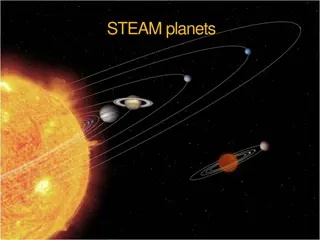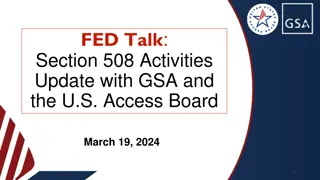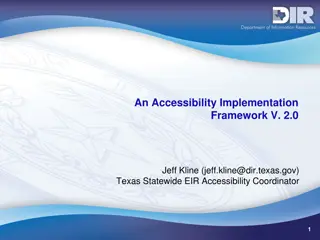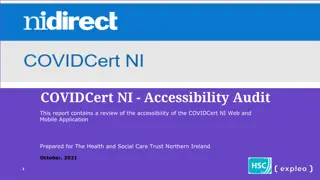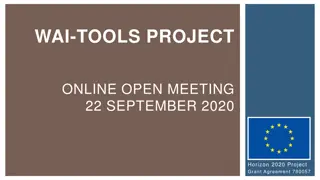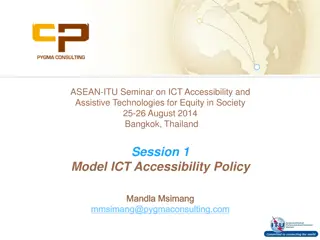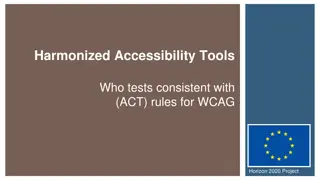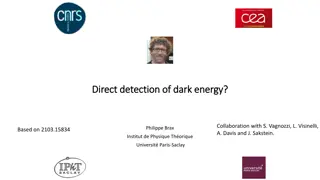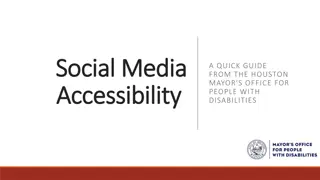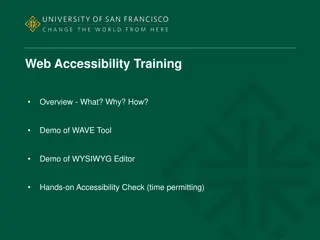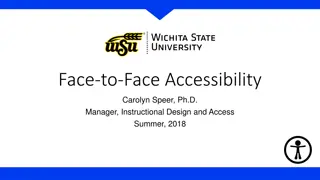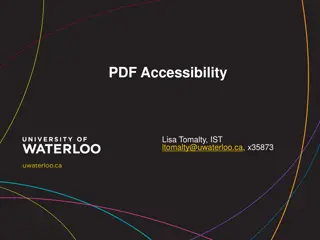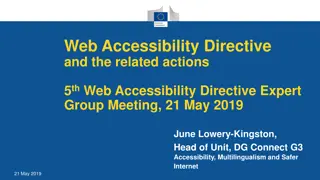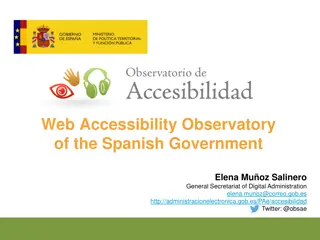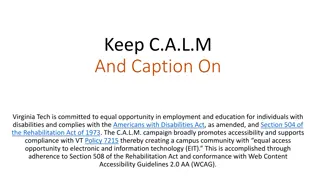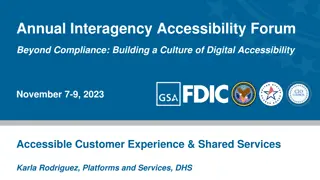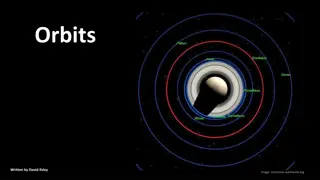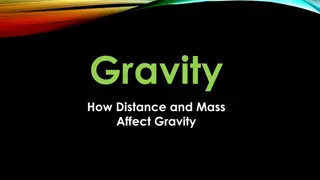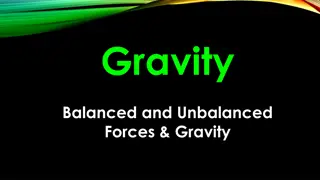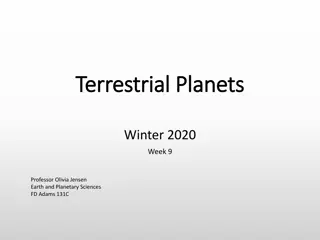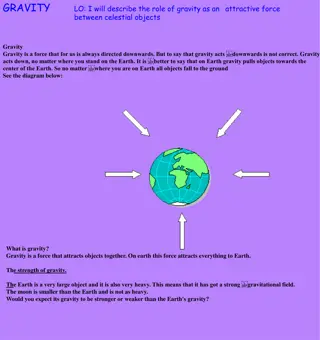Comparing Health Care Accessibility Gravity Models in Geographic Theory
This study by Larry Spear, a Senior Research Scientist at UNM, delves into the concept of spatial interaction and the application of gravity models in analyzing health care accessibility. It discusses the development and comparison of one-step and two-step gravity models, addressing the issue of patients crossing boundaries for health care. Potential solutions like the One-Step Gravity Model and the Generalized Two-Step Floating Catchment Area Model are explored, highlighting the importance of measuring accessibility in terms of supply (physicians) and demand (population). The research underscores the significance of movement, spatial interaction, and distance decay in healthcare geography.
Uploaded on Sep 10, 2024 | 3 Views
Download Presentation

Please find below an Image/Link to download the presentation.
The content on the website is provided AS IS for your information and personal use only. It may not be sold, licensed, or shared on other websites without obtaining consent from the author. Download presentation by click this link. If you encounter any issues during the download, it is possible that the publisher has removed the file from their server.
E N D
Presentation Transcript
Comparing Health Care Accessibility Gravity Models Larry Spear M.A. Geography, UNM Senior Research Scientist (Ret.) Division of Government Research, UNM https://www.unm.edu/~lspear Geography 601: Intro to Geographic Theory & Application December 3, 2021 (Revised 7/3/2022) Primary Care Physicians per 1,000 Population (2002)
Movement is a key concept for geographic inquiry. Bunge (1962) movement a focus for theoretical development in spatial science. Spatial interaction - the movement or flow of people, goods, or information over space (Fotheringham 2001). Spatial interaction decreases with distance (distance decay).
Gravity models measure spatial Interaction. Approximate measure of unknown spatial interaction. Developed in economics to study retail and shopping behavior. Now used for health care accessibility studies. Two types: One-Step (early) and Two-Step (recent) models.
Problem: Patients cross boundaries for health care. Population 2002 NM Census Tract Data Physicians
Early Solution? Potential Accessibility One-Step Gravity Model (1SHGM) n ( ) d = n f pop ij i = 1 i PA j ( ) d = i f prov ij i 1 PAj= Potential accessibility for Census Tract, Zip Code, etc. Popi = Population of a Census Tract, Zip Code, etc. Provi= Number of Providers / Facilities in Census Tract, etc. Note: Developed by DGR, UNM for the NM HPC (1998-2002) - Rule-Based, Hierarchical-Zonal (NM SJM 1996)
A one-step gravity model is a possible solution.
Two-step gravity models are recent developments. Two-step models a special case of one-step models (Wang 2017). Conceptual separation of supply (physicians) and demand (population) to measure accessibility. GIS, geocoding, and digital road networks have facilitated use. Many two-step models have been developed and compared.
More Recent Solution? Generalized Two-Step Floating Catchment Area Model (G2SFCA) From Wang 2017 ????(???) ????(???) ??= ? Aj Accessibility at location i Sj Supply (number of physicians) or facility Pk Demand (population) size at spatial unit k dij Travel cost measured by travel time or distance f Distance decay function (exponential, gaussian, etc.)
A two-step gravity model is another possible solution.
Are the results from a one-step and two-step models statistically similar or different? ANOVA, T-Tests (H0: 1SHGM = E2SFCA) and Correlation (r). Maps of results and statistical visualizations (Charts, etc.). Empirical Tests: Spatial regression methods to compare with government measures of health inequalities and disparities. GIS (ArcGIS Pro, QGIS), Python (Jupyter Notebooks), SAS, R. * Future research methods Note: E2SFCA a hierarchical G2SFCA.
All models are wrong, but some are useful. From G. Box 1976 and 1987 One-step less complicated, easier for governmental policy makers (state legislators) to understand. One-step is similar to the population-to-physical service area method used by government agencies (health disparities). Two-step (G2SFCA) more complicated, better concept of supply & demand. Both models can over-estimate or under-estimate in rural or urban (no model is better than the other appropriate scale areal units?). ** Evaluate MAUP (Census Block Groups & Tracts, ZIP Codes)
Selected Citations from Literature Review: Box, G. E. P. 1976. Science and Statistics. Journal of the American Statistical Association 71(356) 791-799. Box, G. E. P. and Draper, N. R. (1987), Empirical Model-Building and Response Surfaces, John Wiley & Sons. Bunge, W. W. 1962. Theoretical Geography, Lund, Royal University. Fotheringham, A. S. 2001. Spatial Interaction Models. International Encyclopedia of the Social & Behavioral Sciences :14794 14800. NM SJM 36 (New Mexico Senate Joint Memorial 36). 1996. 42nd New Mexico Legislature. Wang, F. 2017. Quantitative Methods and Socio-Economic Applications in GIS (2nd ed.). CRC Press.
